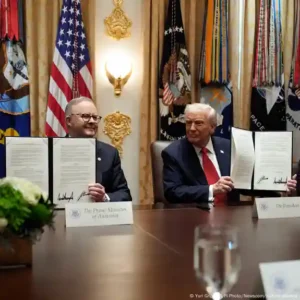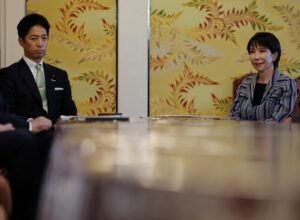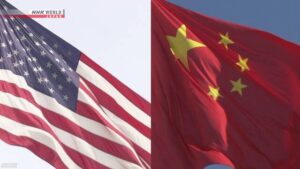Ishiba has survived so far, though he had to make some concessions to the opposition — an unusual step for the Liberal Democratic Party that has dominated Japan’s postwar politics.
Official campaigning begins Thursday for the July 20 vote for the upper house, the less powerful of Japan’s two parliamentary chambers.
Ishiba has modest goals for the election and the opposition is divided, so the outcome is unlikely to force an immediate change of government. But it will be a tough test on Ishiba’s handling of economic woes at home and global challenges such as U.S. President Donald Trump’s tariff war.
“I will defend Japan’s national interest at all cost,” Ishiba said Wednesday, reiterating his determination to not make any concession on safety or other areas in the tariff negotiations despite Trump’s new threat. “Japan has its own national interest and I will do my utmost to protect it.”
Ishiba sets a modest goal: a majority
Ishiba’s goal is a simple majority. Half of the 248 seats for six-year terms in the upper house are being decided, and the LDP and its junior coalition partner Komeito would need to win 50 combined. That’s on top of their 75 seats that are not being contested in this election.
That would be a retreat from their current number of 141 seats. “It won’t be easy. But in this difficult situation, it is a must-attain goal,” Ishiba said Wednesday, without saying how he would take responsibility if he doesn’t meet his goal.
A poor result in the upper house election would not immediately cause a change of government but could trigger a LDP leadership change or regrouping of a governing coalition.




